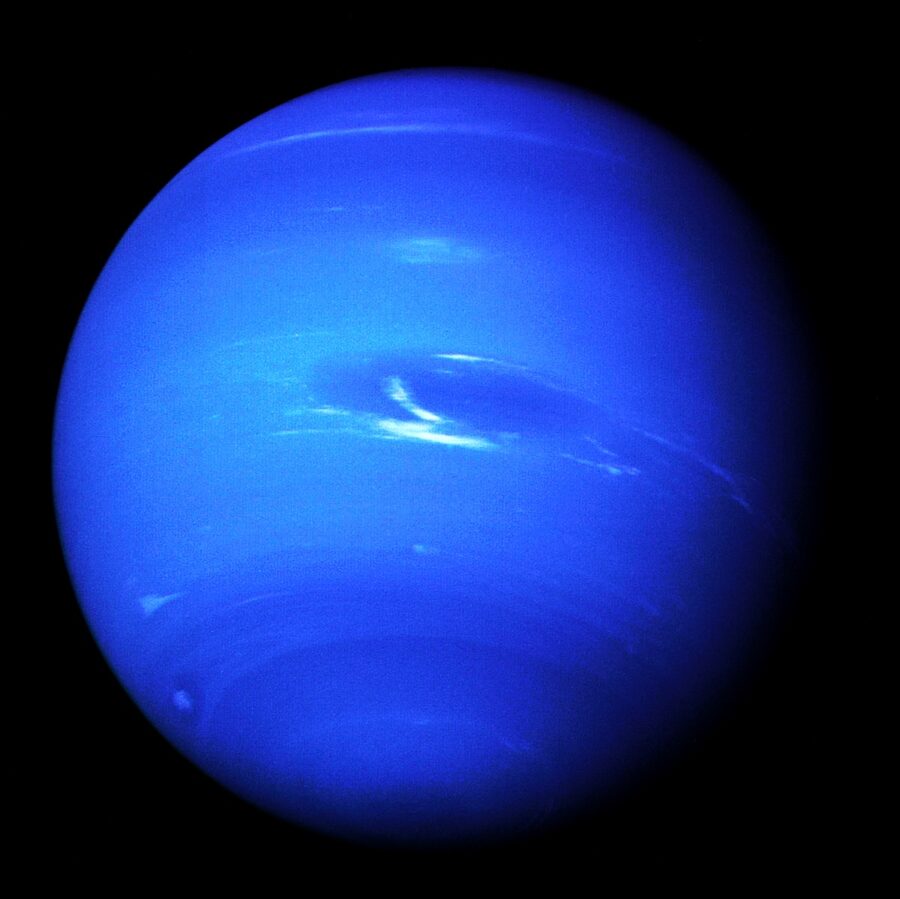Astronomers Discover A Planet That Shouldn’t Exist
New planets feel like they should be discovered all the time. After all, this is the infinite and unending nature of space we are talking about.
This article is more than 2 years old

New planets feel like they should be discovered all the time. After all, this is the infinite and unending nature of space we are talking about. Celestial bodies seem like they should be cropping up every other day with advances in science and technology. But that isn’t the case and sometimes we can’t even seem to agree if say, Pluto, is a planet or not. But scientists think they’ve found a new one, but with a twist: this new planet shouldn’t even exist.
This particular new planet is called a Hot Neptune, not to be confused with our (cold) Neptune which averages a surface temperature of around -353 Fahrenheit. Hot Neptunes are considered exoplanets and unlike the Neptune we know and love, actually sit very close to their solar system’s suns. Thus the requisite bump up in temperature and distinction in name. They are typically smaller in size compared to traditional planets and consist mostly of just intense gas structures that allow them to burn hard and bright.
This latest new planet find comes from a team out of the University of Kansas and “shouldn’t exist” because this bad boy is sitting almost *too* close to its sun. Astronomers were only able to discover it by using curve analysis, a method that picks up and isolates light that isn’t there. The reason they were shocked by the discovery is that with temperatures up to 3,000 Fahrenheit, conventional science almost says this Hot Neptune should be a No Neptune and have burned up by now.

Word of a new planet is just one in a number of different ways *space* is becoming a hot topic in recent weeks. We’ve got the GOP putting a permanent presence on the moon and the first manned mission to Mars at the top of their political talking points. Those feel like a stretch considering the current state of the world, but whatever I’m not running political campaigns. To each space talking point, their own.
And there’s also been rumblings of an asteroid doing a close flyby to Earth the day before the election to worry about. It will probably miss, but the fact that it’s even in the discussion is very 2020 when it comes to space news.
If that wasn’t enough, the International Space Station just suffered an oxygen leak that needed immediate triage. We’ve got a lot going on in the great unknown.
In terms of new planet discoveries, Hot Neptunes are a rather recent development in the astronomical game. Gliese 436 B was the first one actually discovered and confirmed back in 2004. Since then, others have been discovered with some even suspected to be in the Milky Way. As of current numbers, 4,296 exoplanets are considered official with Hot Neptunes making up only a small fraction of those. But how many more are out there that we just haven’t been able to “see” up until now? This latest discovery points to the idea that maybe the answer is “quite a few”.
Hot Neptunes like it hot and sit darn close to suns. With years that comprise only 24 hours because of the proximity, it stands to reason more and more of these crop up over time. This could especially be the case if scientists know now to look in places where a new planet shouldn’t even exist.












